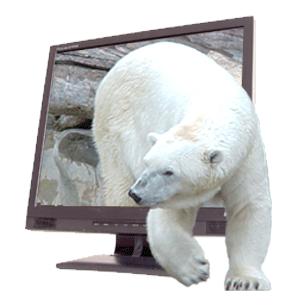Create dance phrases and sequences that demonstrate understanding of the elements of dance including:
- actions (five basic jumps)
- body (zones and areas)
- dynamics (extremes of speed, duration, varying forces)
- relationships (range)
- space (create and recall combinations of pathways and directions).
| (a) |
Generate movements in order to represent own movement ideas. |
| (b) |
Apply knowledge of body zones including right side, left side, front, back, upper half, and lower half to own movements. |
| (c) |
Apply a wide variety of actions including the five basic jumps of leap, hop, jump (from two feet to land on two feet), sissone (from two feet to land on one foot), and assemble (from one foot to land on two feet). |
| (d) |
Apply a variety of dynamics including moving with the extremes of speed (fast and slow), duration (short and long), and varying forces (strong and light). |
| (e) |
Demonstrate that energy is on a continuum of a little to a lot and apply to own movement explorations and dances. |
| (f) |
Demonstrate ways of grouping speed and duration to form rhythmic patterns. |
| (g) |
Apply a range of relationships to dance compositions (e.g., beside, above, in front, behind). |
| (h) |
Create and recall a variety of combinations of straight and curved pathways on the floor, and illustrate differences. |











